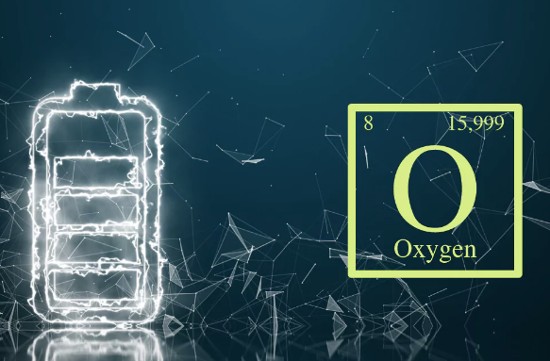Should we be singing the swan song for lithium-ion (Li-ion) batteries soon? With Chinese automobile manufacturers revealing new sodium-ion (Na-ion) battery-powered electric vehicle models recently, and now the invention by TU Wien (Vienna University of Technology) of an oxygen-ion (O-ion) battery, is the Li-ion standard about to be challenged?
I have been writing for several years about the evolution of battery technology. Just last month I described how lithium-air batteries could replace lithium-ion in the near future. The fixation on lithium and other metals to act as battery conductors are being challenged by other battery material options. A list I compiled back in 2018 didn’t even include O-ion batteries. But with this TU Wien announcement in March, it appears that it is another challenger to Li-ion battery supremacy. The inventors recently published a paper describing the engineering and testing of their battery in Advanced Energy Materials.
The most significant drawback of O-ion batteries is low-energy-density, approximately a third of Li-ion. Lower energy density has been seen as Na-ion’s Achilles Heel, but that hasn’t stopped Chinese EV makers from using these to power some of its latest models.
For both O-ion and Na-ion, the biggest advantages are longer service life combined with lower material costs. Neither technology requires expensive or exotic raw materials.
Jurgen Fleig of Tu Wien made a point of this in a news release dated March 21, 2023, when he stated that “our materials have some important advantages.” There is no need to use nickel or cobalt. Instead, the battery uses two types of ceramic material to serve as its anode and cathode. Unlike Li-ion which begins to lose charge capacity over time, an O-ion battery can withstand thousands of charging cycles with no consequences in terms of charge storage efficiency. And should the onboard oxidizer run out, the battery can draw on oxygen from the surrounding air to continue to produce electricity. That gives O-ion batteries, O-air reliability.
The lower energy density is currently not making the battery an attractive replacement for Li-ion in smartphones, tablets, laptops and even EVs. Instead, O-ion looks like a good candidate for storage backup in renewable wind and solar energy projects. Stated Alexander Schmid of Tu Wien, “If you construct an entire building full of energy storage modules, the lower energy density and increased operating temperature do not play a decisive role. The strengths of our battery would be particularly important there: the long service life, the possibility of producing large quantities…without rare elements, and the fact that there is no fire hazard.” (Li-ion batteries have been known to occasionally catch fire.)
Implications for Utilities Converting to Renewables
The immediate significance of this new battery is its potential impact on utilities seeking to decarbonize energy production as they introduce more renewable power sources. Overcoming the challenges of intermittency from wind and solar power requires some form of guaranteed baseload source to feed consumer demand. A growing number of power companies are implementing battery baseload solutions as a result.
On this blog site I have written about gravity, pumped, compressed-air and other storage technologies implemented or under consideration by utilities as alternatives to the incumbent fossil-fuel-based legacy power plants in use today. The TU Wien inventors of O-ion see this as the arena where their new battery will find a home.
But as Na-ion batteries started as large-storage options, O-ion, as it is perfected, may find its form factor shrinking as energy density improvements are found. With a smaller form factor, an O-ion battery pack may find its way into EVs just as Na-ion has made the migration.
Demand for electrified transportation has taken off in the last year as a sense of urgency is growing to decarbonize this sector. According to a special report appearing in the April 22, 2023 edition of The Economist, the battery-electric revolution is now in full swing. In 2022, 13% of new car sales were EVs. By 2025, that number is expected to grow to 25%, and by 2040, to 75%. Can Li-ion alone meet this growing demand? Unlikely.















